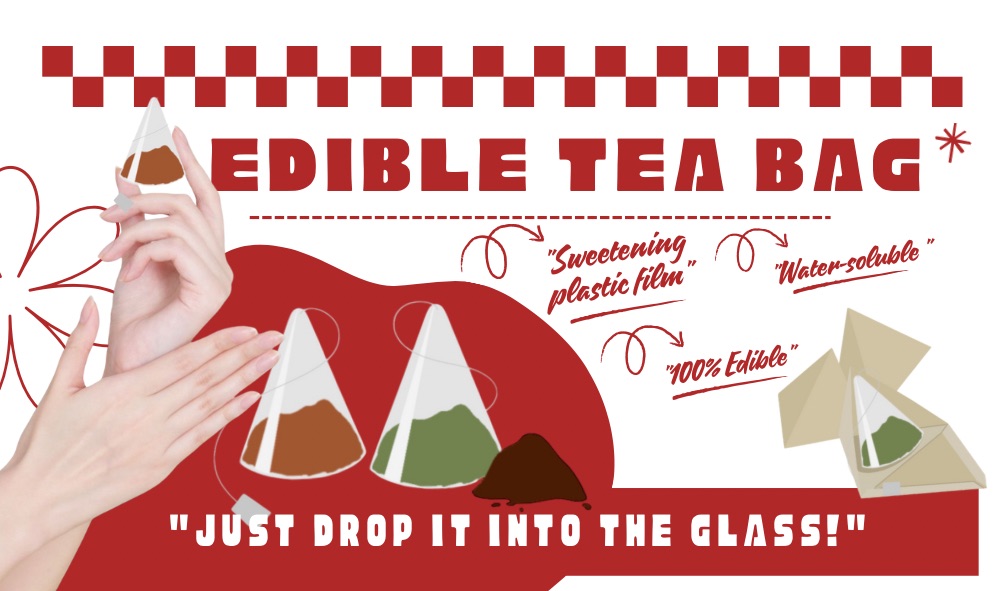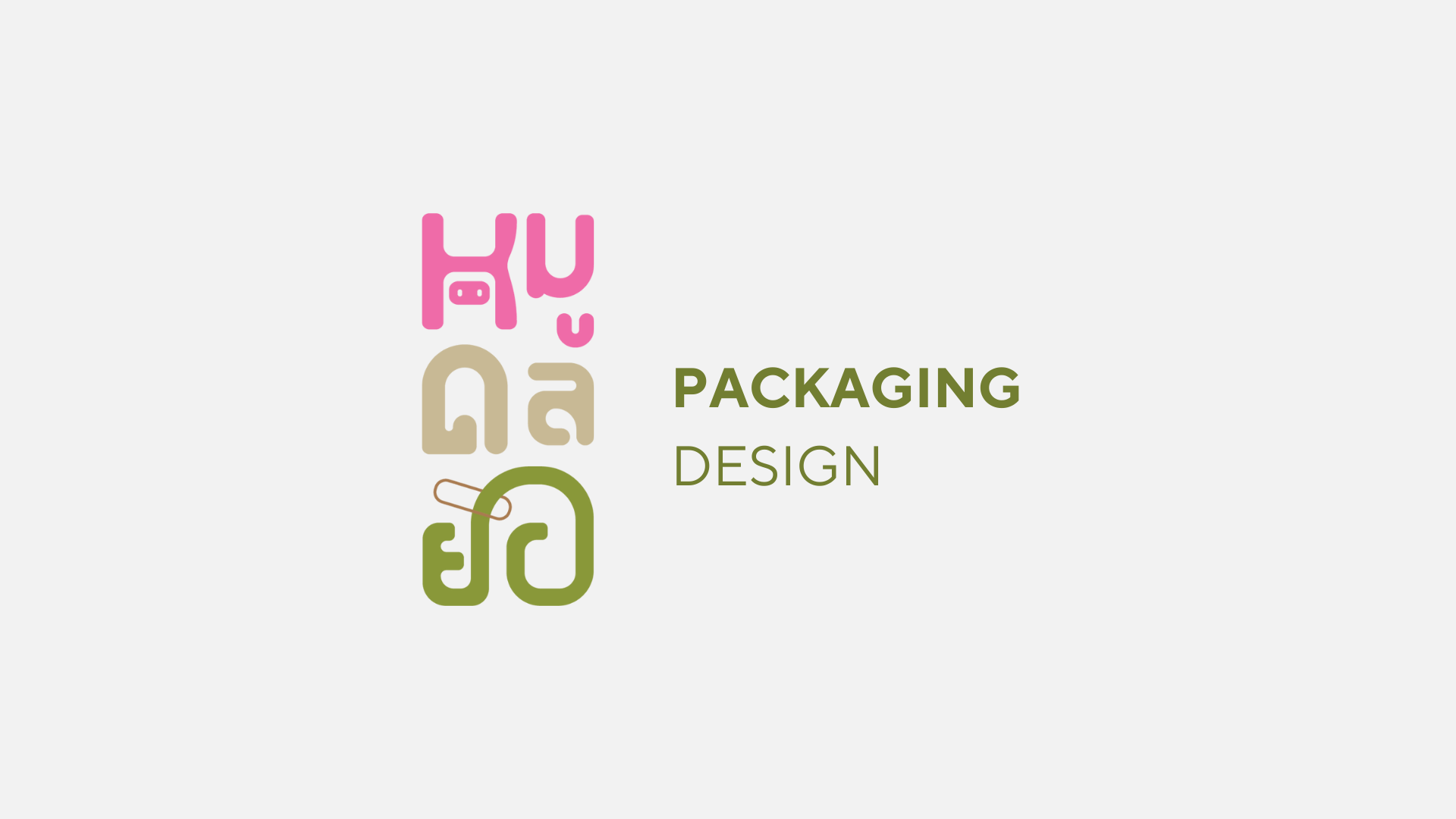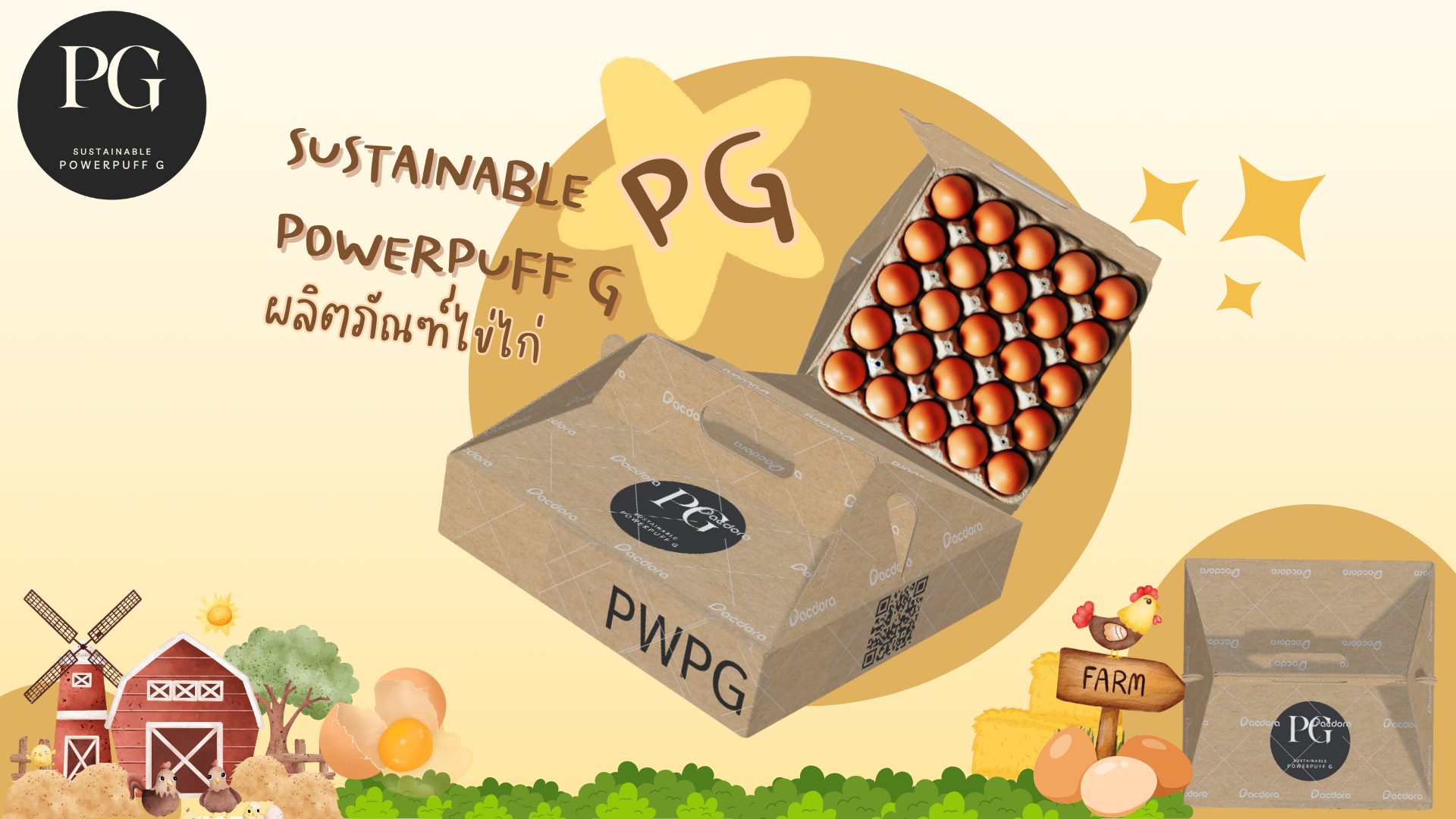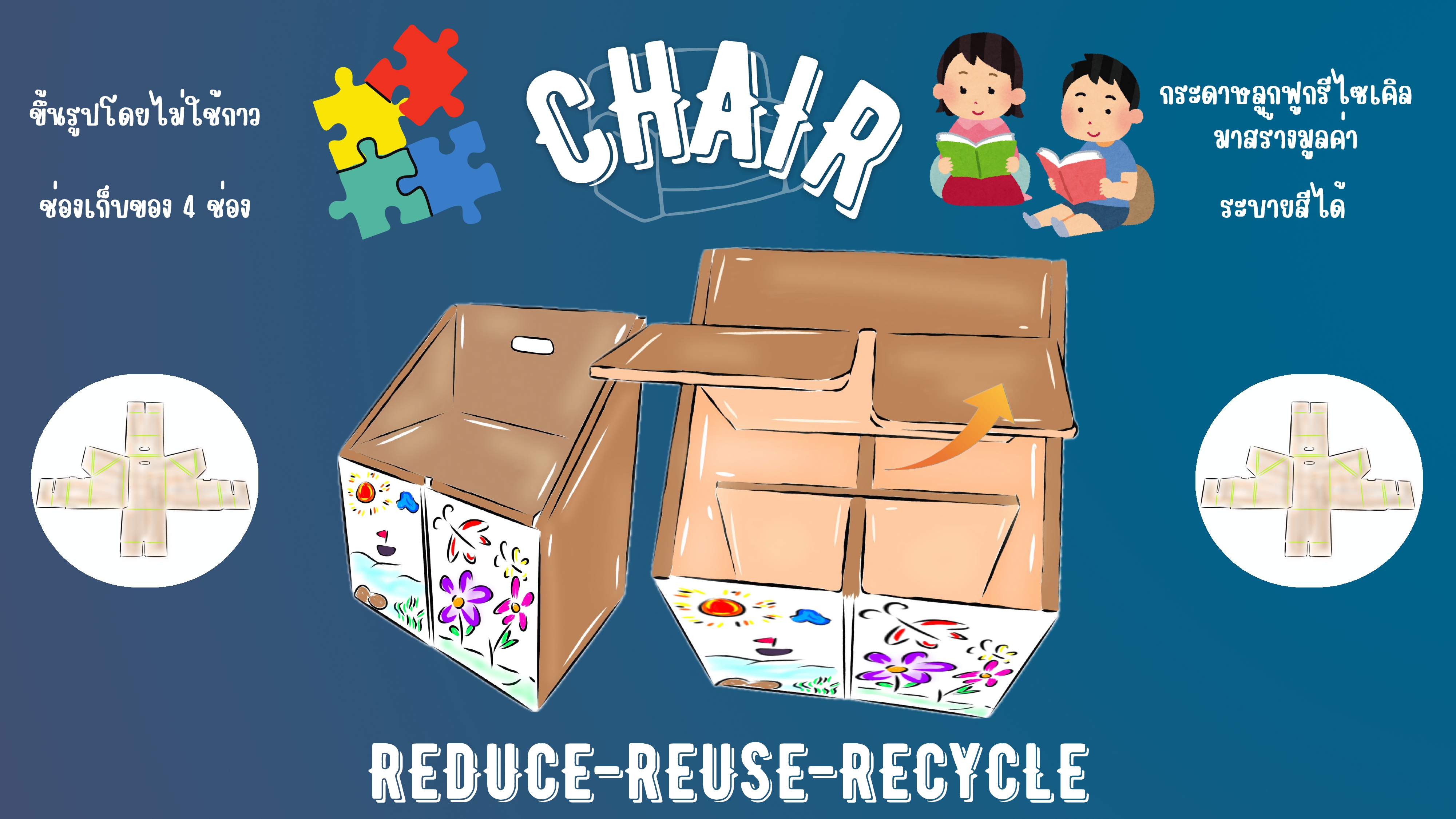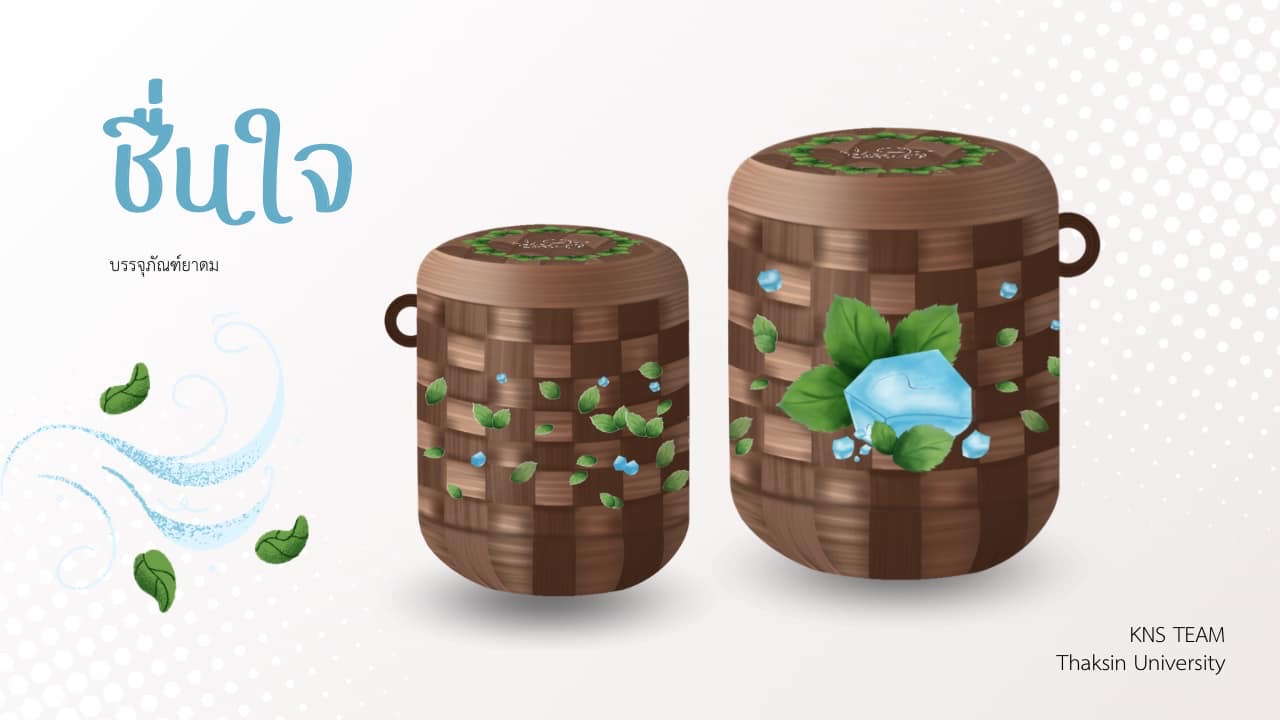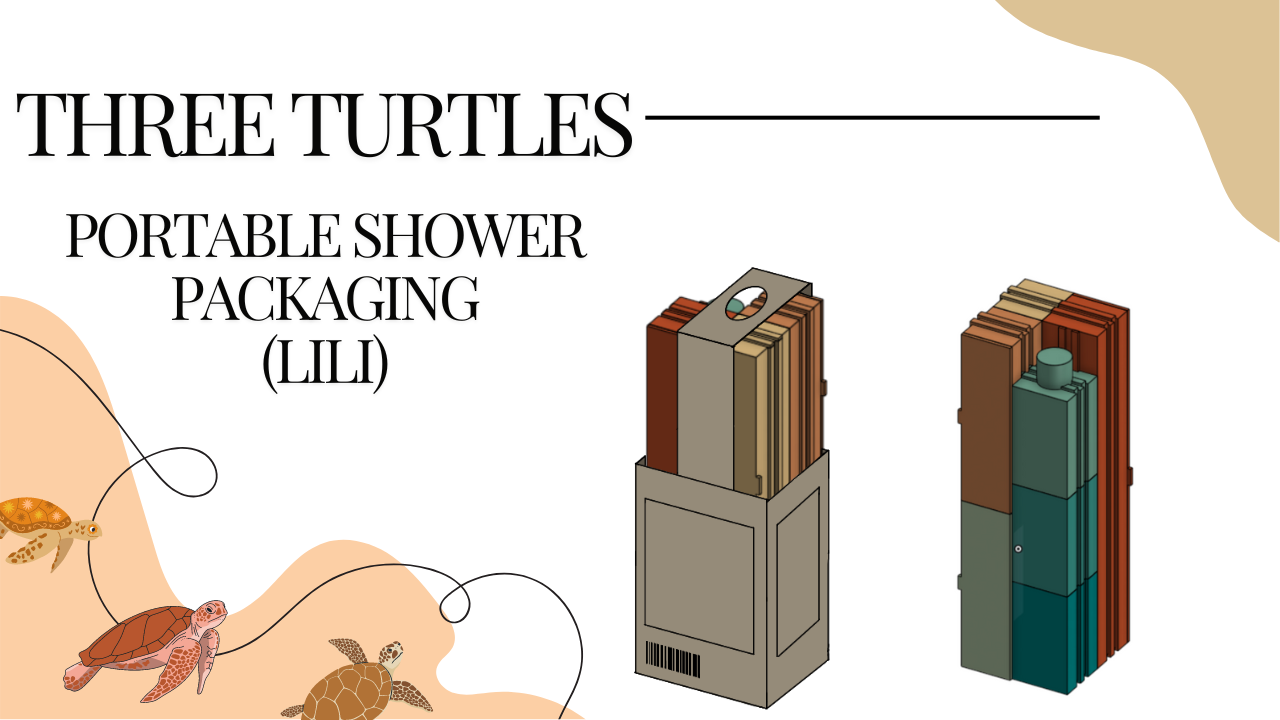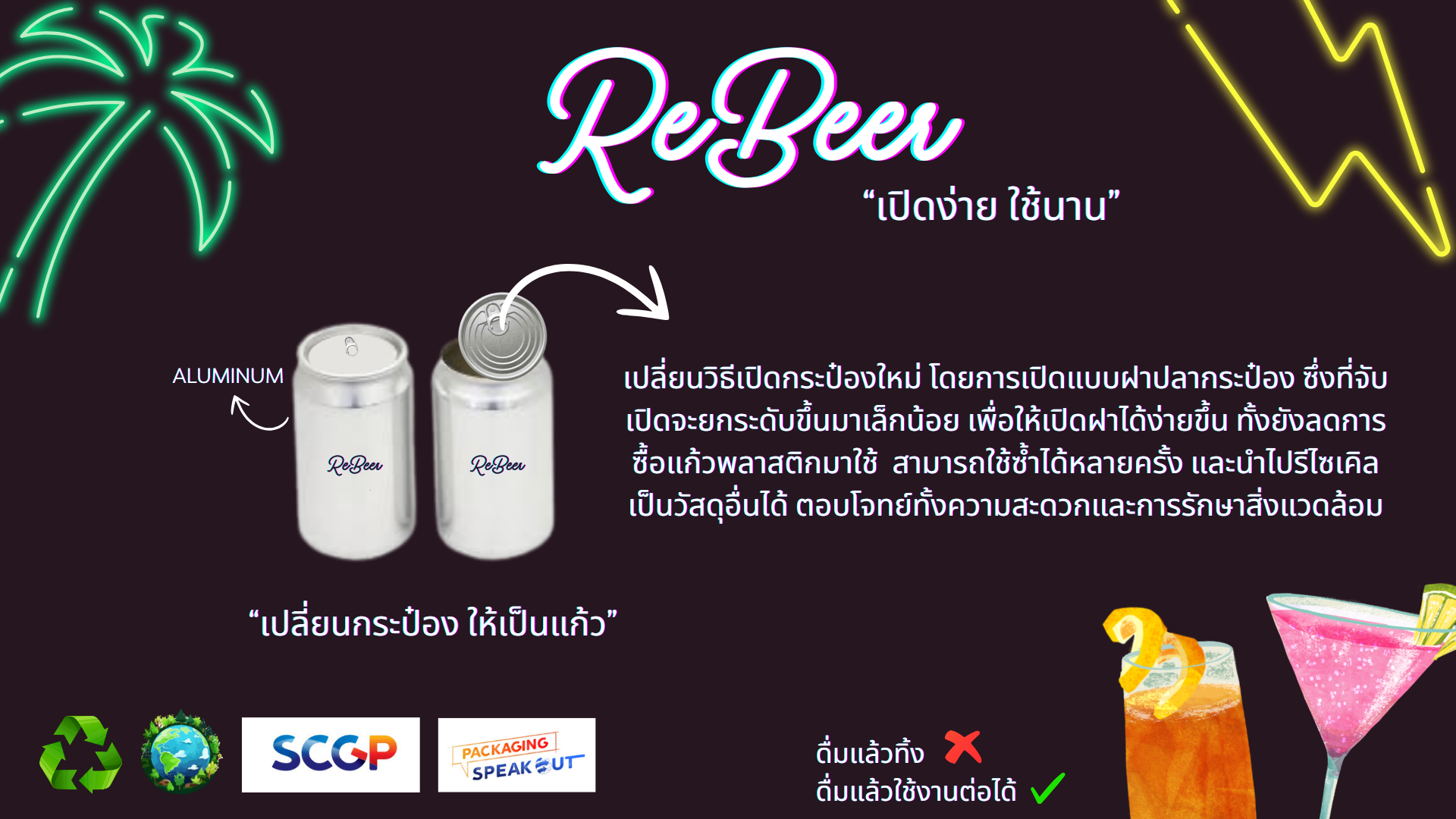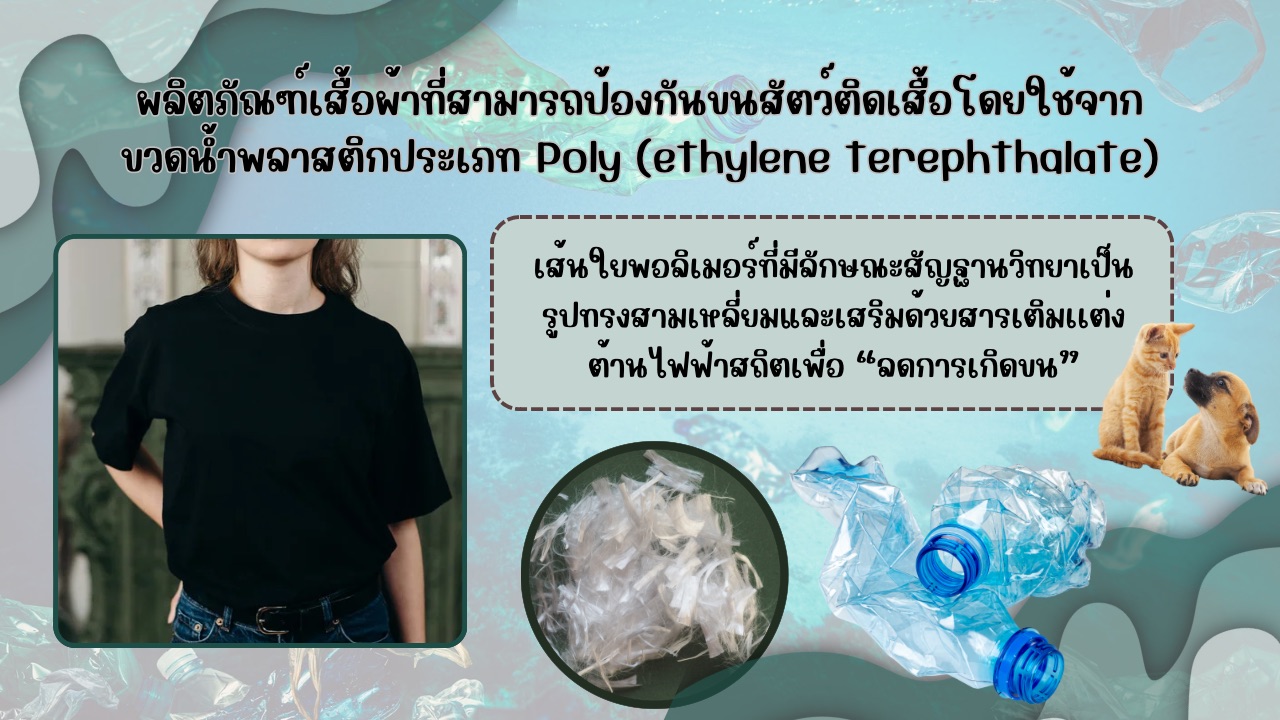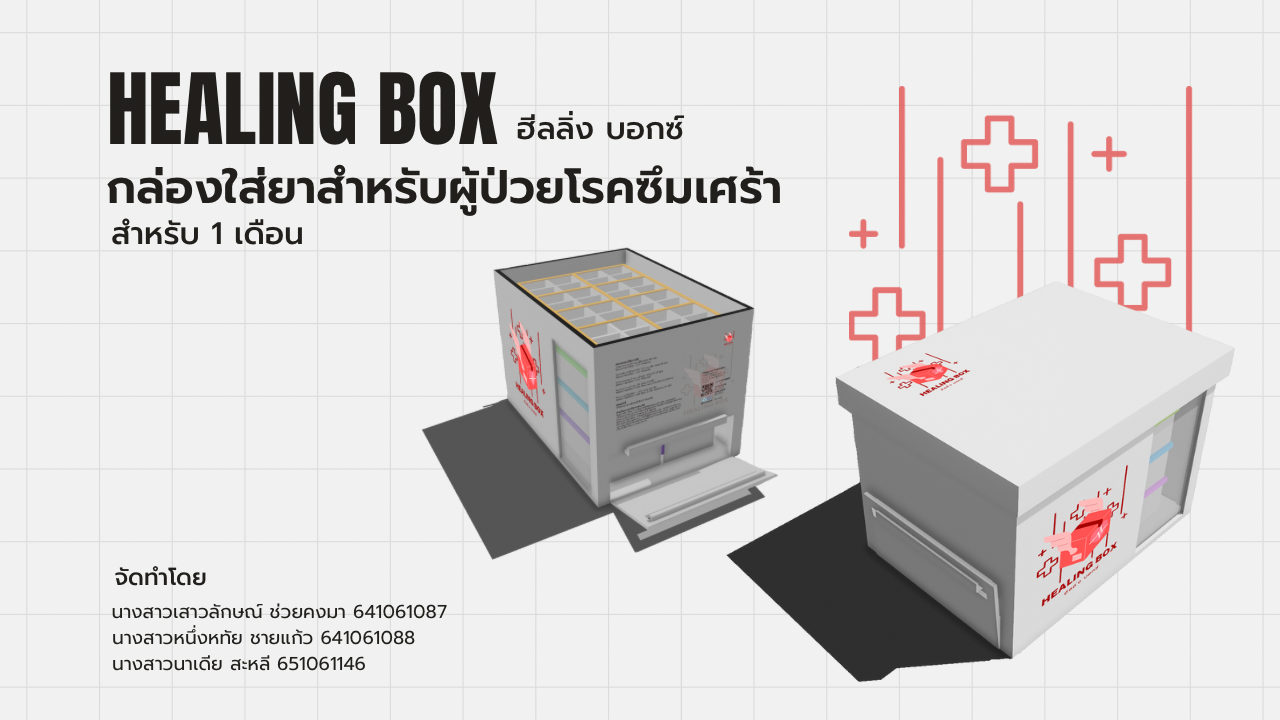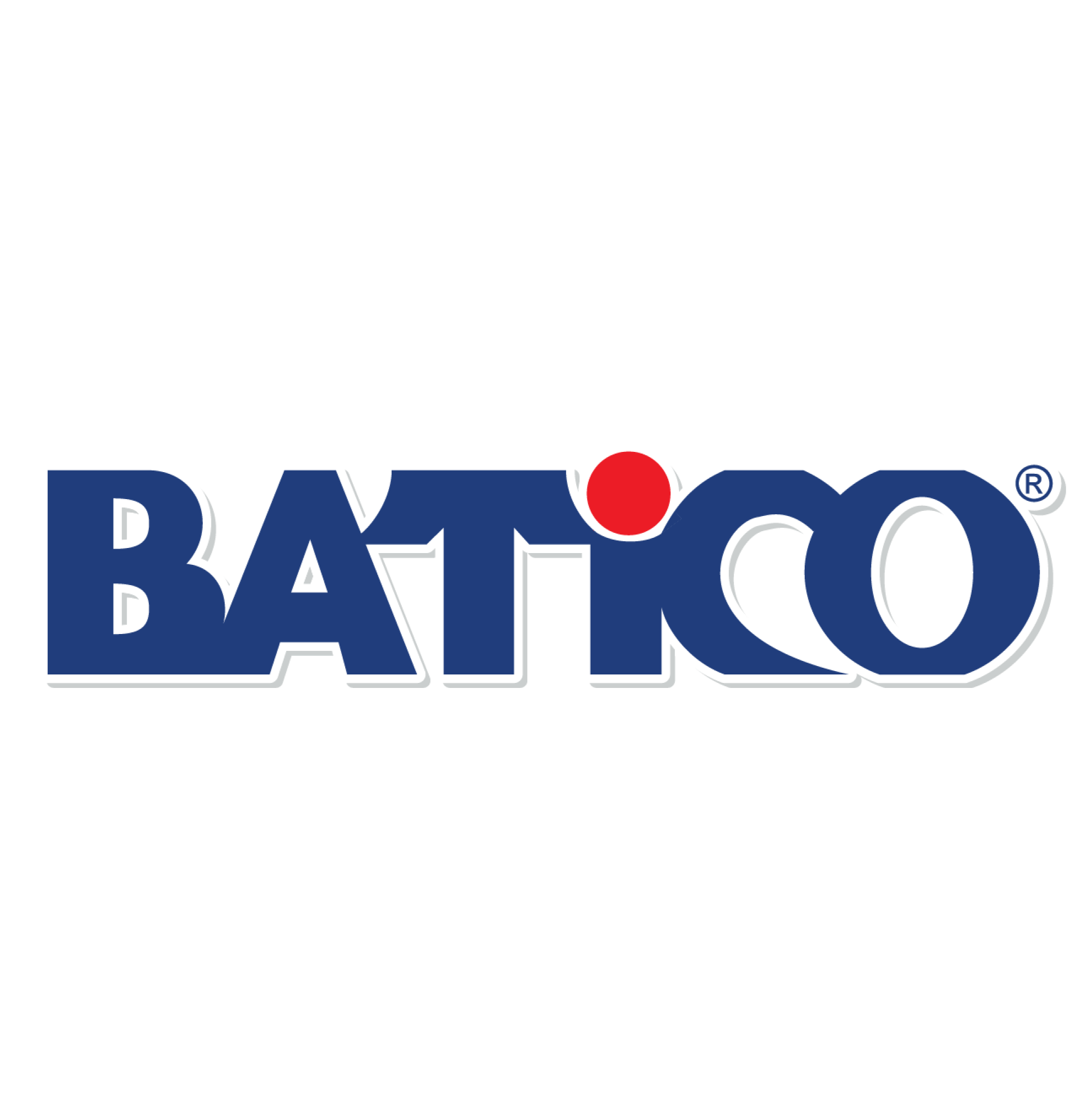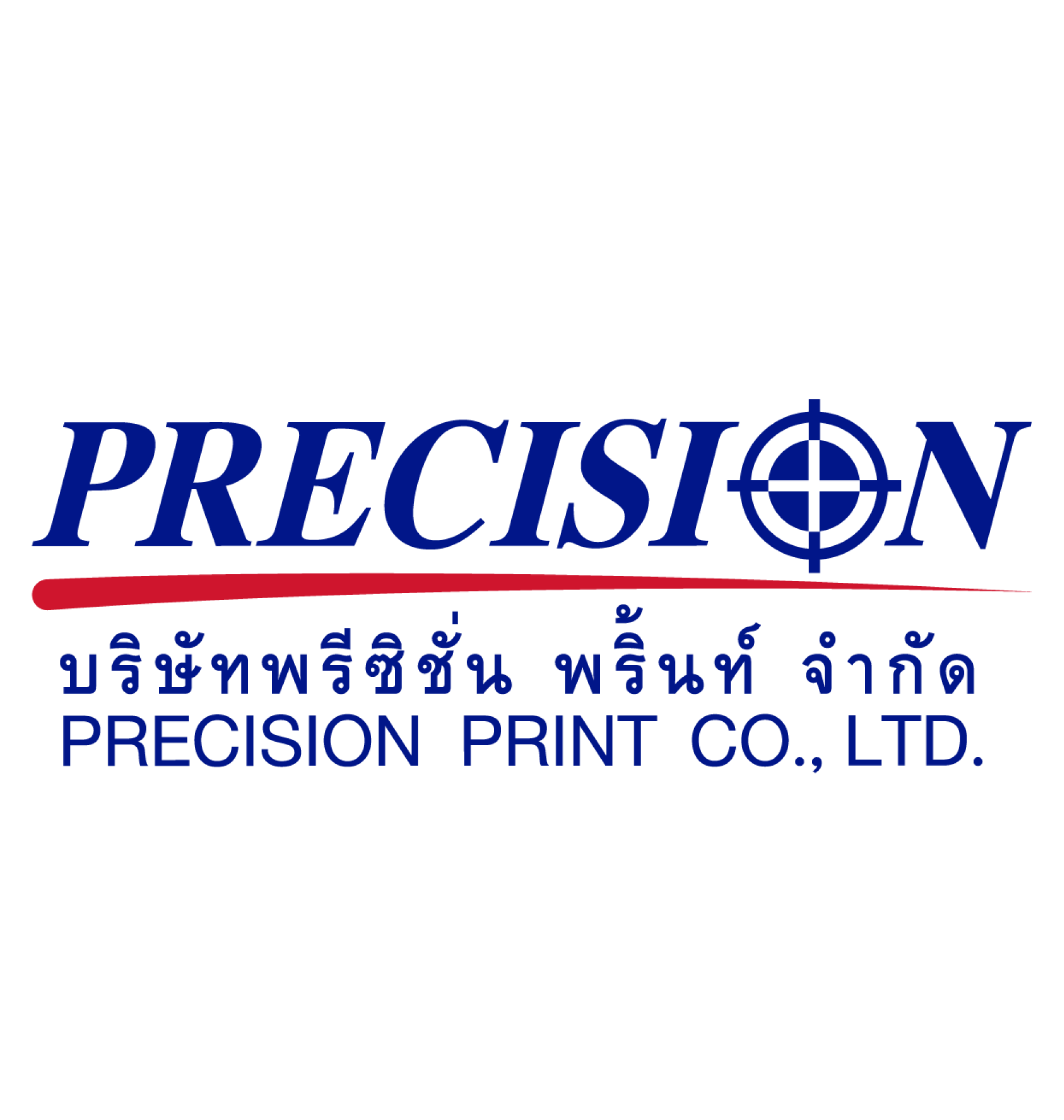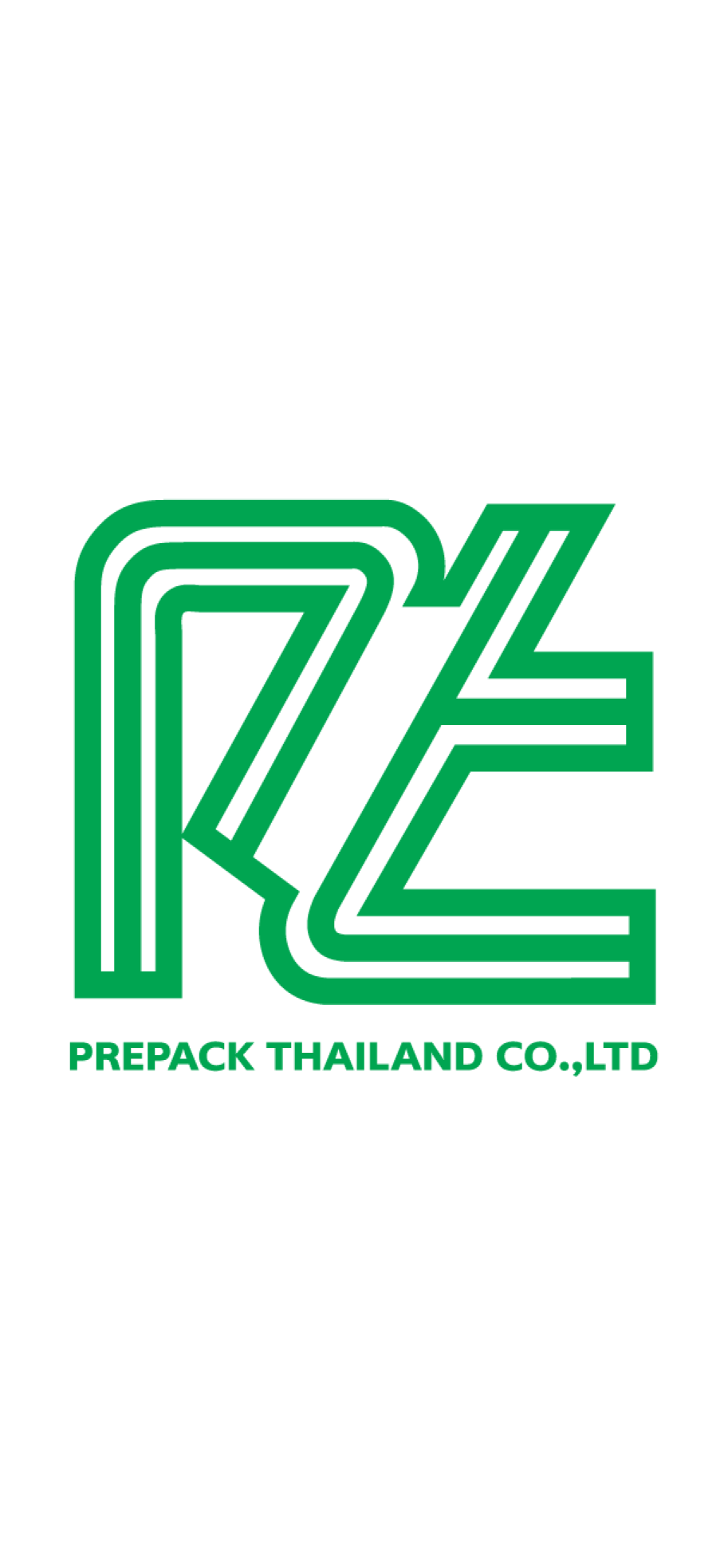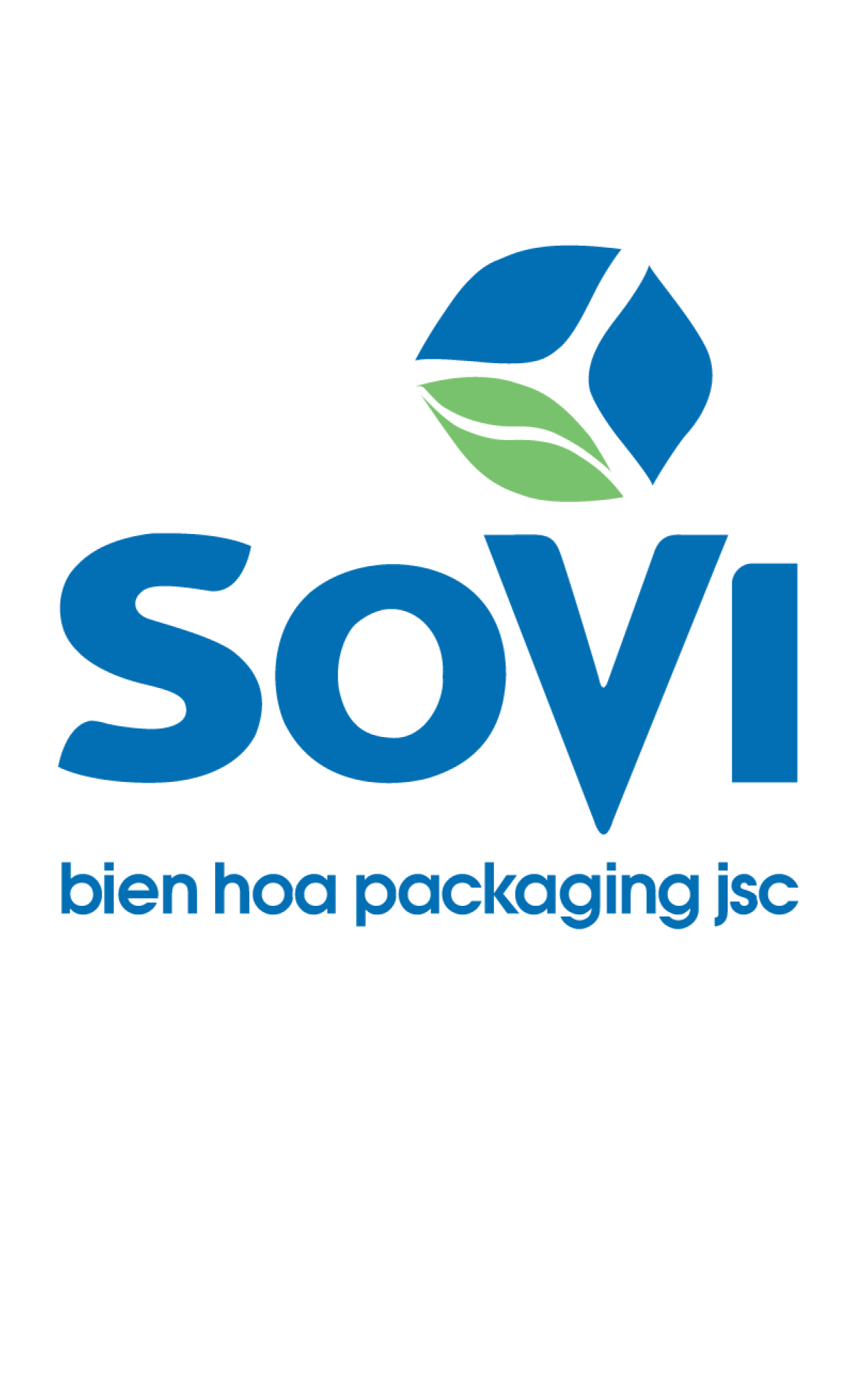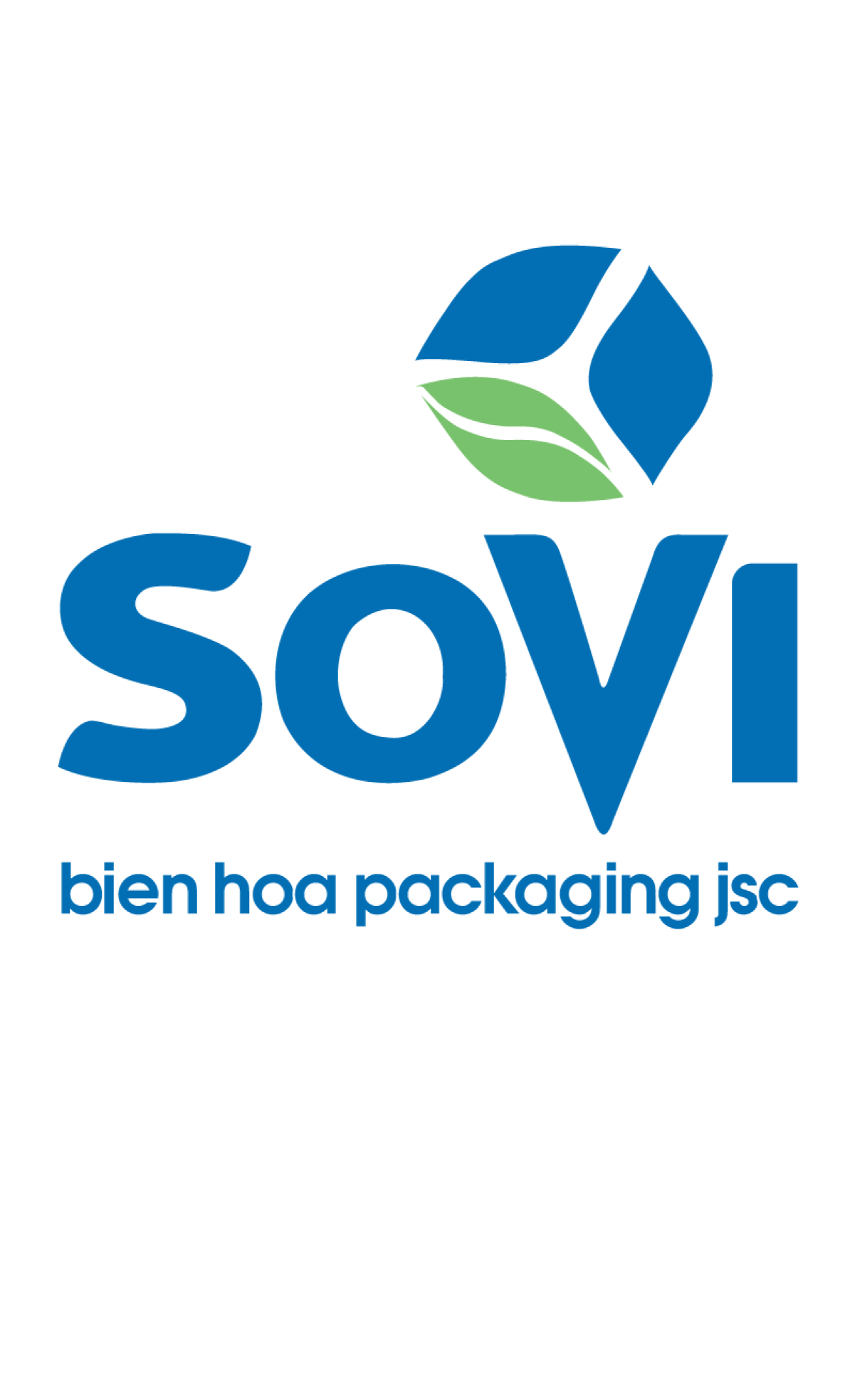Biodegradable Tissue Paper Box ( Grün )
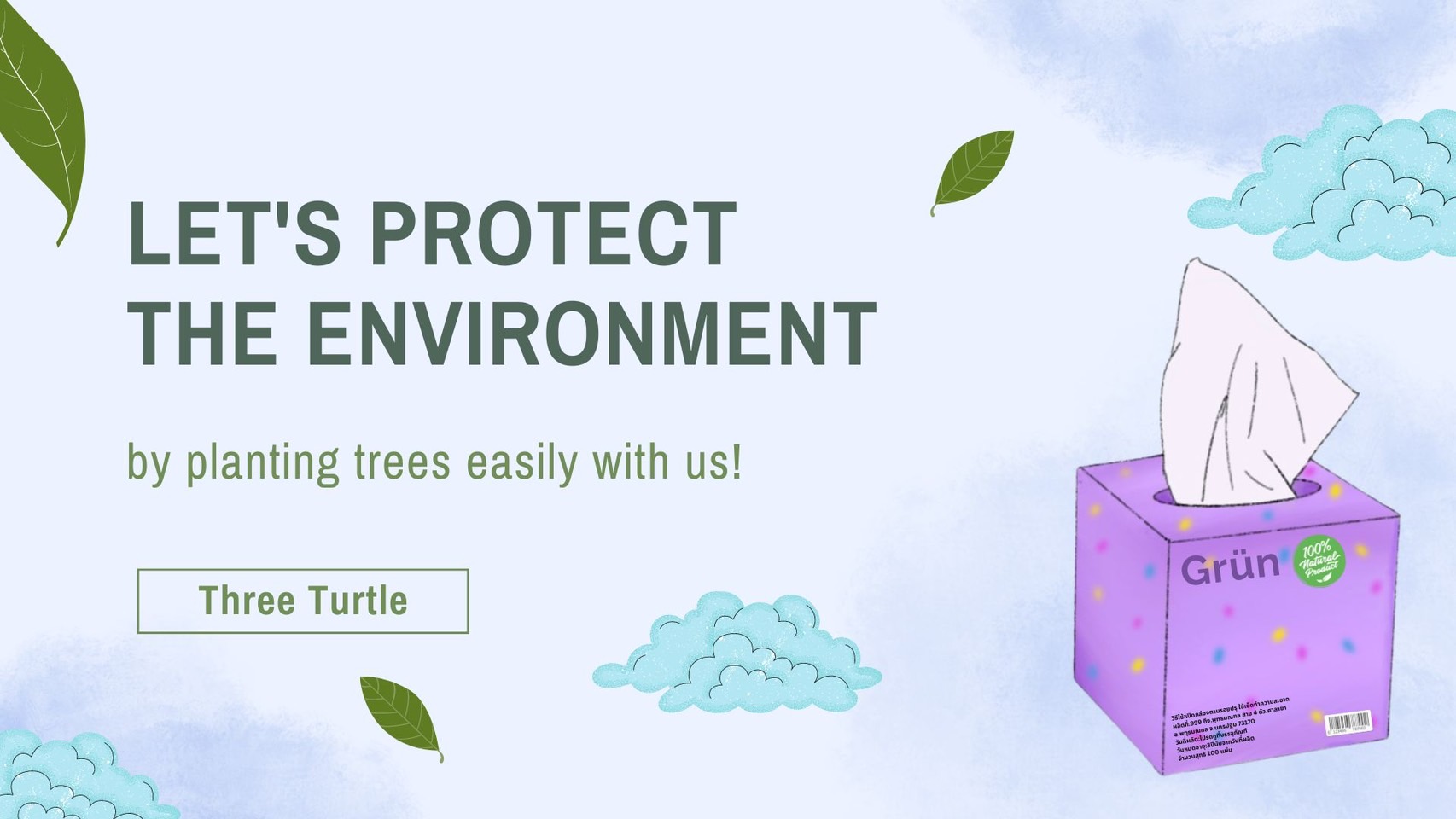
Team : Three Turtles
Member
Ms Nutbongkot Srisukkho
Mr Jessada Toumpoung
Ms Naerunchala Nugvej
1. Business Environment Analysis
The analysis of the business environment is a crucial first step in developing the Grün brand (plantable tissue box). We need to understand both internal and external factors that affect the business, including competitor analysis, market trends, consumer demand, and changes in environmental laws at both national and global levels. Economic factors and shifting consumer behavior, particularly the growing awareness of eco-friendly products, must also be considered. This analysis will help us formulate a suitable and effective marketing strategy.
2. Brand Development Goals
The primary goal of developing the Grün brand (plantable tissue box) is to raise awareness of it as an eco-friendly product and to encourage consumer participation in environmental conservation. We aim to become a leader in sustainable products by leveraging innovation and using sustainable materials. Additionally, we want to establish the brand’s recognition both domestically and internationally. We will begin with a word-of-mouth strategy, which is a trusted approach, by targeting close consumer groups such as family, friends, and coworkers through product trials and sharing positive experiences. This will build confidence in the product's quality and environmental value, ultimately leading to increased sales by offering a product with clear environmental benefits.
Brand Development Elements
2.1. Physique
When consumers think of the Grün brand, they should envision a product that reflects nature and environmental consciousness. The tissue box should feature a simple design but clearly communicate that it can be planted. The packaging materials and design should focus on being eco-friendly. Natural tones, such as green and brown, will enhance the feeling of connection to nature. There could also be campaigns using natural colors derived from plants like butterfly pea flowers or beetroots.
2.2. Brand Personality
Grün should have a personality that conveys friendliness, environmental care, and social responsibility. It should project a serious commitment to sustainability while maintaining an approachable and inspiring feel, encouraging consumers to participate in environmental preservation. Connecting the brand’s personality to tree planting and environmental care will make it credible and deserving of support.
2.3. Brand Culture
The culture of the Grün brand should reflect environmental friendliness and waste reduction. This culture can be based on the concept of nature conservation and sustainable resource use, showcasing the brand’s origin and its aim to change consumption habits. Incorporating local elements or using recycled materials and sustainable innovations are part of the brand’s cultural communication.
2.4. Relationship
Grün seeks to create a deep and lasting relationship with its customers by offering after-sales services, such as instructions on how to plant the seeds from the tissue box, or supporting environmental conservation through customer-participation activities. This relationship also involves delivering an excellent product experience, ensuring that customers feel cared for and engaged in environmental protection.
2.5. Customer Reflection
The Grün brand reflects consumers who care about the environment and want to participate in waste reduction and tree planting. The primary target audience consists of environmentally-conscious younger generations and families who aim to teach environmental values to their children. Grün should appeal to responsible consumers who seek environmentally valuable products.
2.6. Customer Self-Image
Customers of the Grün brand will perceive themselves as contributing to environmental conservation. Using the brand's products will make them feel part of a community that cares about the environment and wants to create positive change. Having the image of someone who cares for the planet and a sustainable future will make the Grün brand desirable for consumers who want to express their environmental commitment through product choices.
3. Target Audience and Insight Analysis
The main target audience for Grün (plantable tissue box) is the younger generation interested in environmental issues and sustainability, as well as families who want to instill these values in their children. A secondary target group includes environmental activists and those following a Zero Waste lifestyle. Additionally, general consumers who seek high-quality tissues but want something different from typical market products are also part of the audience. The insight for these groups is that they are mindful of waste reduction, natural resource conservation, and are looking for products that contribute to solving environmental problems.
4. Packaging Design for Society and the Environment
Grün’s packaging will be simple yet practical, biodegradable, and plantable with seeds inside. The materials will be made from recycled paper and free of harmful chemicals that could affect the soil or plants. The packaging should clearly communicate the brand's environmental commitment, such as including instructions on how to plant and care for the seeds. The design should reflect the brand’s dedication to sustainability and nature conservation, creating a positive and trustworthy impression on consumers.
5. Marketing Activities and Brand Development through Packaging
Marketing campaigns will focus on encouraging consumers to plant trees using the tissue box once finished, promoting family or community tree-planting activities. Consumers can share photos and stories of their plant growth via social media using campaign-specific hashtags, such as #PlantTogether or #TissueTreeChallenge, to increase awareness and participation. Additionally, Grün can organize social events for tree planting in public areas with consumers and interested organizations. These campaigns will connect the brand with its consumers and effectively raise awareness of individual responsibility for environmental care.
6. Marketing and Brand Performance Measurement
Success will be measured using various metrics, such as brand awareness, increased sales, consumer engagement in online activities like hashtag use and photo sharing, customer satisfaction surveys, and feedback on packaging. Environmental impact measurements, such as the number of trees planted from the box seeds and waste reduction from using recycled packaging, will also be tracked.

